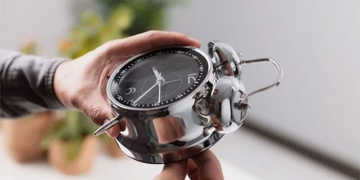The Tiangong space station, located 400 kilometers above Earth, maintains a temperature akin to spring, providing an optimal environment for astronauts to live and work.

The Shenzhou 17 crew working in the Tiangong station. (Photo: CMS).
To ensure the safety of astronauts against extreme temperatures within the space station, which can soar to 150 degrees Celsius under direct sunlight and plummet to -100 degrees Celsius in darkness, China’s Tiangong space station employs an advanced thermal control system, CGTN reported on March 22.
This system utilizes a closed-loop liquid circuit throughout every corner of the cabin. Through the continuous circulation of a special fluid within the pipes, the system collects heat generated by equipment and astronauts, then transports it through the circuit to appropriate devices and structures, cooling overheated areas and warming excessively cold regions.
As a result, the system not only provides a comfortable environment for astronauts but also ensures the normal operation of instruments and testing equipment that require temperature control. This environment also enables the cultivation of vegetables within the space station.
Astronauts growing vegetables on the station can not only study the effects of the unique space environment, such as microgravity, on plant development and physiology, but also alleviate their own stress and regulate their psychological and emotional states positively. More importantly, they can gather food, oxygen, and drinking water.
The life-support functions of plants play a crucial role in establishing a self-sufficient life support system in space, sufficient to reduce the costs of supplying necessities for long-duration manned missions. Research on extraterrestrial life support systems is a focus for space agencies.





















































